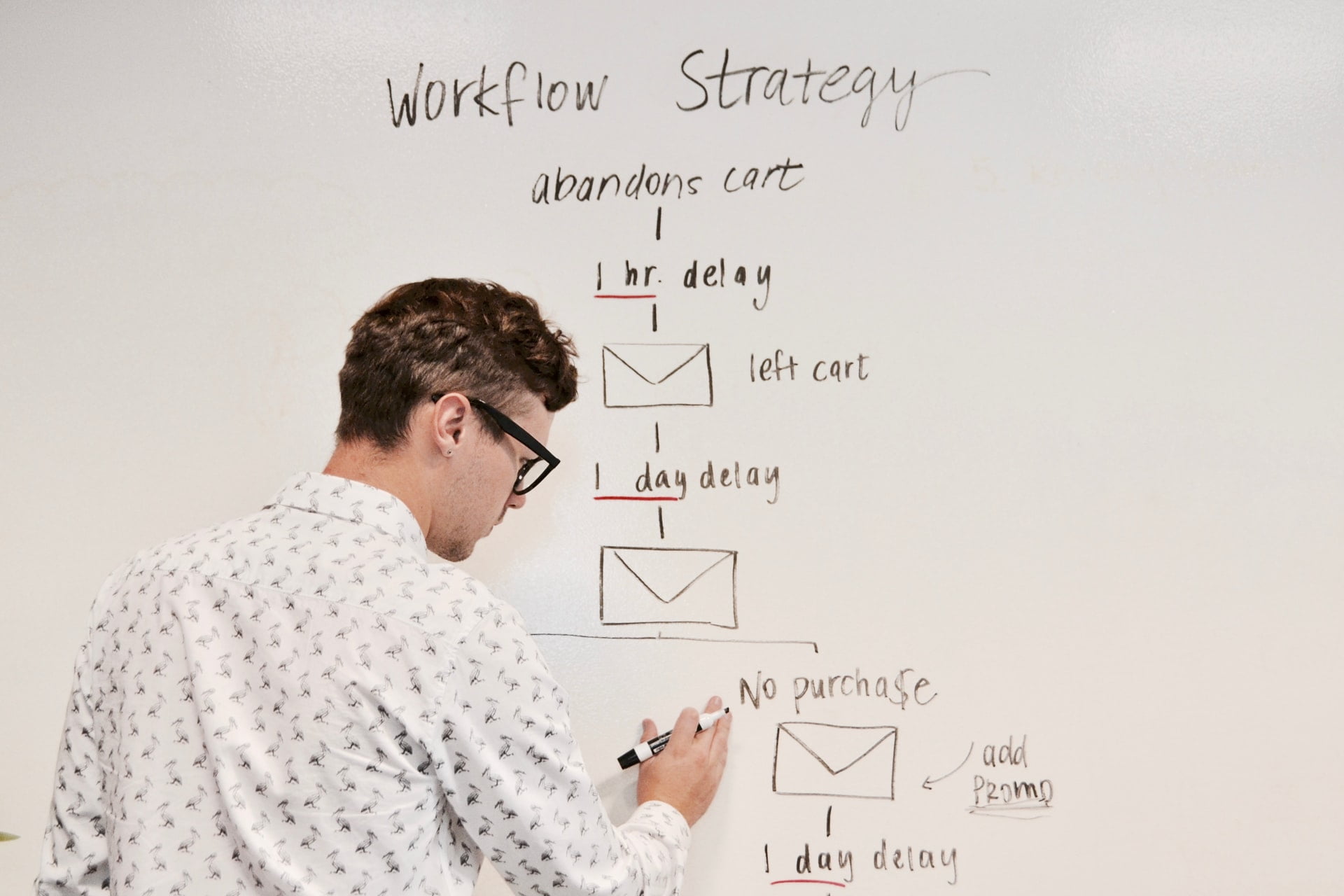Adaptive Marketing: Keeping Up With Industry & Social Change

Sometimes, it can be a little disturbing how much Spotify or Netflix could know you better than the people in your life, but that is excellent adaptive marketing.
In today’s world, where there are so many brands marketing on so many channels, it’s now all about adapting to your customers. And it’s not just waiting around, collecting data, reviewing them, and then changing tactics to adapt to them, no. Today, it’s all about adjusting to change in real-time. That’s where adaptive marketing comes in.

What is Adaptive Marketing?
If you have a Spotify or Netflix account, try to recall the first moment you opened your account. The very first suggestions were along the lines of the most popular songs or movies at the time, wasn’t it? As you began to play the music and films you like, though, the platform started changing its suggestions until it became customized to things you want and would most probably be interested in.
They adapted to you.
That’s how adaptive marketing works. And that’s why platforms like those two first mentioned are so successful and addictive. They decipher their customers’ needs and interests based on recorded data that the customer has unwittingly given and used it to endear themselves to these unsuspecting people. And truth be told, we as customers, absolutely love it. It’s rare enough to get at least 90% of everything we want from something or someone so it’s no brainer we’re all suckers for this.
For marketers, this is an incredibly powerful tool for an ever-changing market. It allows brands to satisfy individual customer needs. It also allows them to build up their relationship with the customer and make it a more personal experience. This, in turn, strengthens brand loyalties.

How Can Adaptive Marketing Work For Non-Subscription Brands?
It’s easy to understand how adaptive marketing can work for streaming services but how about for businesses that aren’t geared that way?
Worry not, because adaptive marketing doesn’t need to be as obvious as to how subscription services use it. As long as you have your gathered data, there are plenty of ways you can incorporate adaptive marketing into your overall strategy. Here are some ways you can try out:
1. Custom Copy
Think of Pinterest or Tumblr. When you first sign up, these platforms will ask you to select categories that you’re interested in. It will then use this to give you your first feed content. The custom copy is much like that and works mainly for businesses offering products that can be categorized differently.
Let’s say you have an online fashion shop. When people visit or sign up for your website, you can have a form pop up asking for their name and email and have them select categories they’d want to see like casual wear, glam, office wear, etc.
The next time they go to your website, copy and listings will change based on their preferences. This way, you can target more specifically to their taste and needs. And your customers will be able to access the items they’re looking for without having to dive deep into your selections.
2. Reward Returning Customers
The reward system is one of the most effective ways to use adaptive marketing. People love getting rewards. And the more you reward your customers, the more they’ll be motivated to keep coming back.
Every time a customer makes a purchase, reward them with points. When they reach a certain number of points, you can give them an exclusive discount, a VIP membership, or even a freebie. You can even personalize the email you send their newsletters with a banner reminding them of their exclusive status with you. Showering them with these little acts of appreciation goes a long way.
3. Follow-Up Sales
Sometimes, one message isn’t enough to gain the interest of a potential customer. You always have to follow-up.
For instance, if you hosted or sponsored an event and accumulated an email list, don’t just throw this away. Send everyone on that list a little appreciation message and a short CTA at the bottom with your site link. Make sure that that isn’t the end of their journey, though.
You can make a little edit to your homepage or social media. Instead of showcasing your usual banner, you can have a special banner made for the event itself offering discounts or coupons to those who went and clicked the link. You can also do this for special occasions or holidays for your existing customers.
4. Customer Specific Products
One of the best demonstrations of adaptive marketing is by Frito-Lay. They asked customers for new flavor combinations and other suggestions for their potato chips. And guess what? The campaign was a huge success. They got a lot of engagement, they further spread brand awareness (not that they needed it) and satisfied their customers in a way many brands struggle to. True to their word, they created and sold many of these customer-submitted flavors. What brand makes your potato chip flavor for you, right?
In the same way, you can also customize some of your products to your customer’s suggestions. This will not only satisfy them but it will also help your brand better serve them thus retaining their loyalty and favor.

Adaptive Marketing Strategies To Consider
1. Reevaluate Your Target Audience
With significant changes in the world like this pandemic, you have to reevaluate who you’re trying to reach. You may want to consider targeting a new group of prospective clients or target a more specific segment of your usual client group.
You also need to reconsider how this major event is affecting your client base and adapt in a way that serves their needs and state of mind.
2. Optimize Your Online Presence
Nowadays, it’s not enough to just be on the Internet. Your brand must be present in it as well as in real life. Part of adapting to your customer’s needs may include getting customer channel support or automating your sales process. If you’re already doing these, you can evaluate your current online strategy and look for ways to improve it especially considering what is happening today. This also involves updating your content and SEO strategy.
3. Update The Resources You Offer
If you have resources to offer like infographics, ebooks, online classes, and such, don’t just let them sit idly by and become outdated. Get back to them and see how you can update them to make them more relevant to the present moment. If not, update how you package it. You can also create new resources.
4. Observe and Learn From Competitors
Right now, everyone is forced to reevaluate how to operate which makes it a perfect opportunity to learn and observe from your competitors as well as other leading brands. Take a look at how they’re handling the crisis, see if they have gaps in their strategy, and fill it in. If not, take inspiration from it.
5. Try Out New Content
What worked before can quickly become obsolete now. People change and their interest evolves so you have to keep up. Try out new types of content, try out new styles or new strategies, and see how they react to it. Don’t be afraid to be met with an empty response. This only gives you more opportunities to try.
Recommendations


Leave A Comment